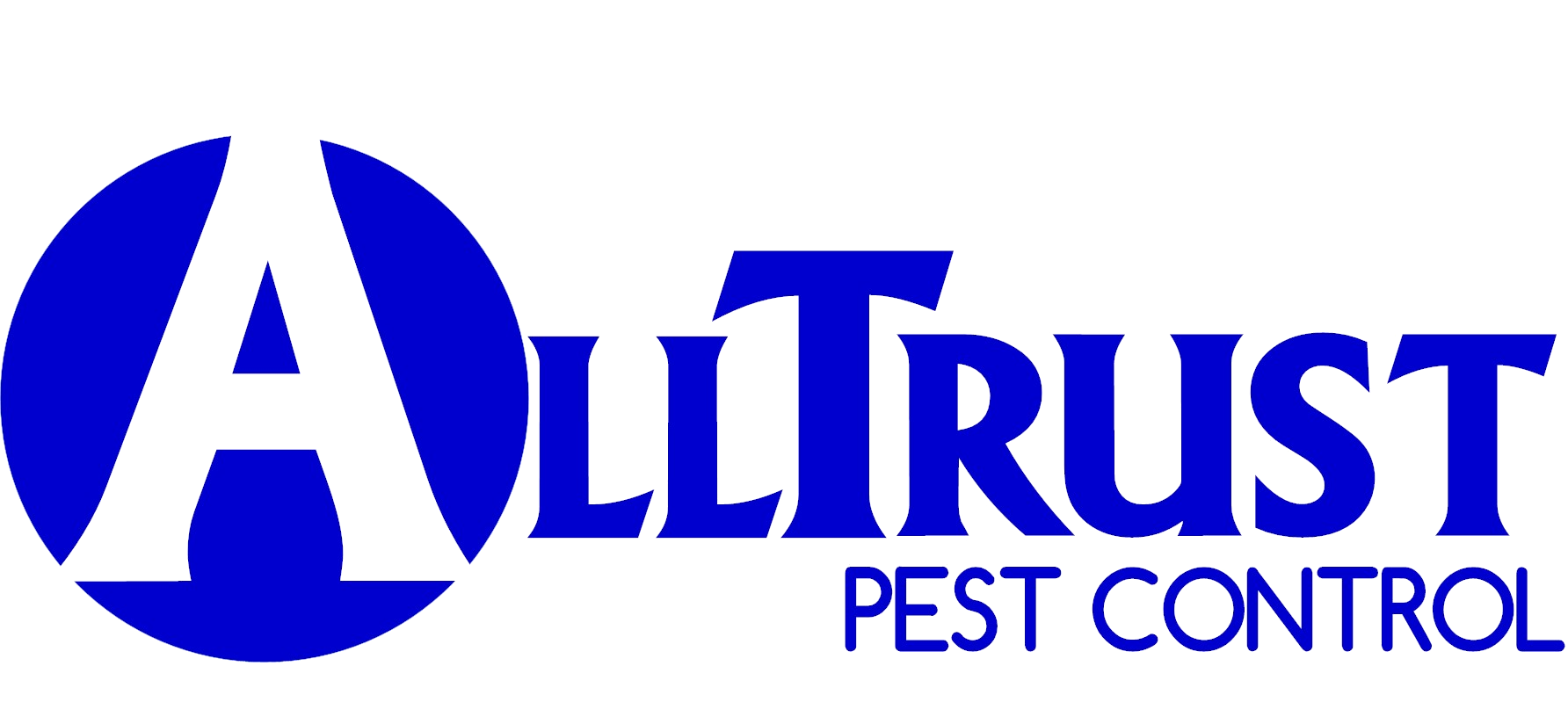Stinging insects include wasps, yellow jackets, bees, and hornets. These insects are commonly found during the warmer months of the year on the exterior and can be a worrisome nuisance for those who are allergic to stings and/or fearful of getting stung. Stings from these insects can cause serious health complications for some including but not limited to swelling, nausea, shock, and in some cases death. If you are allergic or think you might be to stinging insect stings, consult your physician about emergency treatment options that could save your life should you be stung. While each stinging insect has its unique behaviors and characteristics, knowing each and getting close enough for identification and treatment can be tricky and dangerous. Although small wasp’s nests are often easily removed by consumers using knockdown aerosols commonly found at hardware stores, larger nests and infestations, for you and the safety of others, are best left up to a pest control professional. Stinging insect services are included in residential pest plans, are available as stand-alone services, and can be added to any commercial maintenance package.
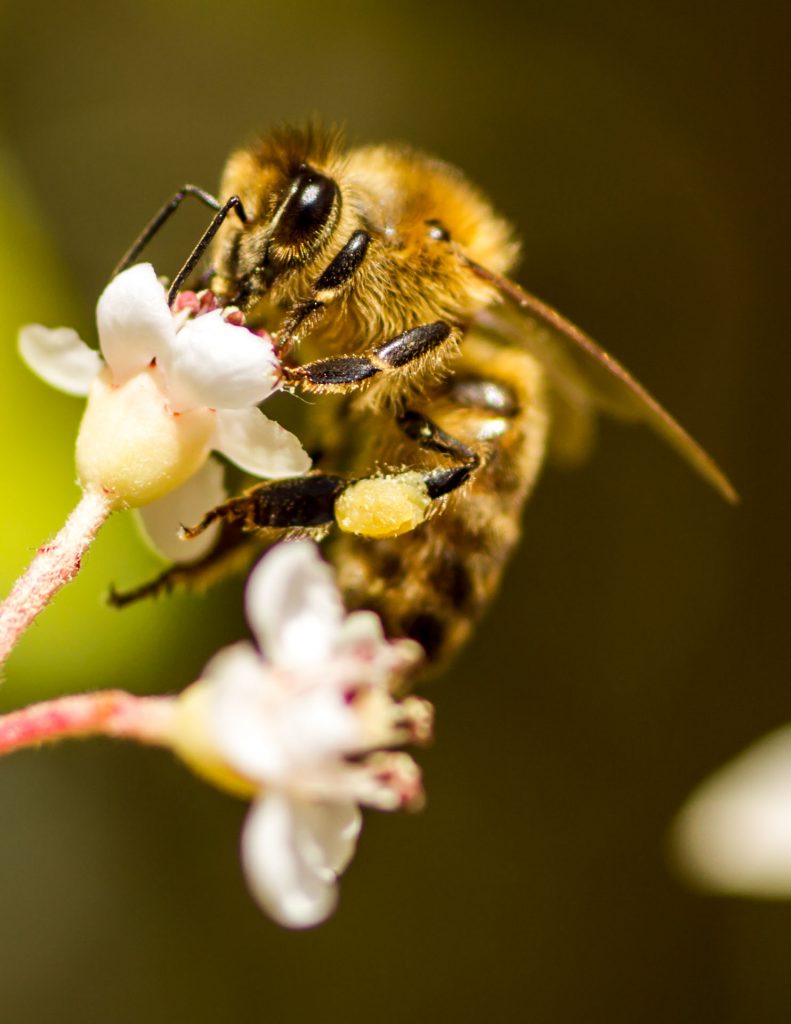
Bees are fascinating insects with over 4,000 native species being found throughout the United States alone. As they are amazing pollinators, bees play a critical role in our ecosystem, so they must be protected and handled with care. That said, a bee sting can be painful, a threat to playing children and even deadly for those who are allergic. Only when a bee’s nest is an actual direct threat to human safety will AllTrust Pest Control remove a nest. AllTrust Pest Control takes special precautions to protect bees, not just when they are a safety concern, but also while applicating for other insect issues such as mosquitoes.
Many laws protect bees that can vary by state and locality. AllTrust Pest Control abides by these laws and regulations on bee removal at all times. Removal methods vary depending on the location, severity of the infestation, risk involved, species, state laws, local laws and may consist of a beekeeper referral. As bee removal is dangerous, a learned skill, time-consuming, and often requires special tools and proper personal protection equipment, it is best to seek assistance from a licensed beekeeper and/or licensed pest control professionals when dealing with bees. Bee assistance is part of our residential pest control plan, is part of the stinging insect service package that can be added to any commercial pest plan, or purchased individually.
The carpenter bee, divided into big (Xylocopa) and small (Ceratina) Genera, is a solitary bee that often causes unwanted anxiety in humans, as the males use an erratic intimidating fight behavior as a defense mechanism. Ironically, the males cannot sting, even though nest defense is there primary purpose, only the females can sting but very seldom do unless directly handled or cornered. The Xylocopa or big carpenter bee is about ¾ inch to 1 inch in size as an adult and the Ceratina often called the small carpenter bee is just under ½ inch. Both resemble the bumblebee, but with an abdomen that is shiny, dark black and hairless on top.
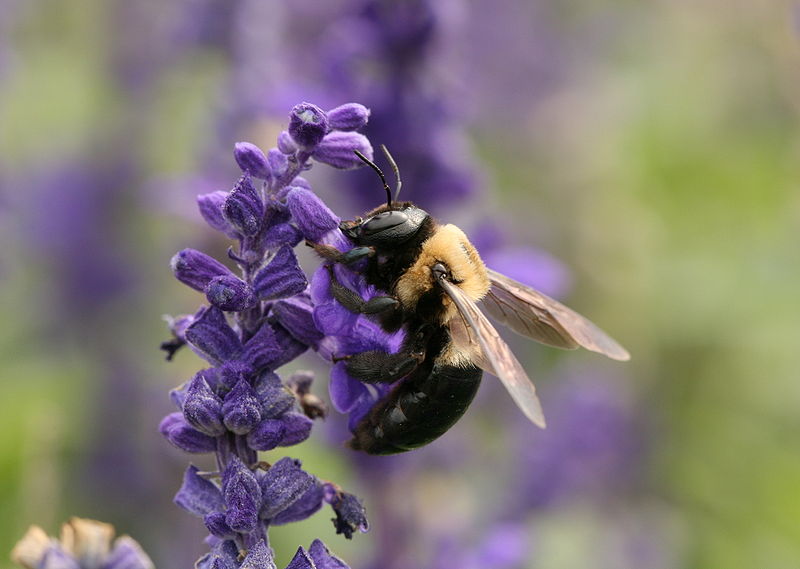
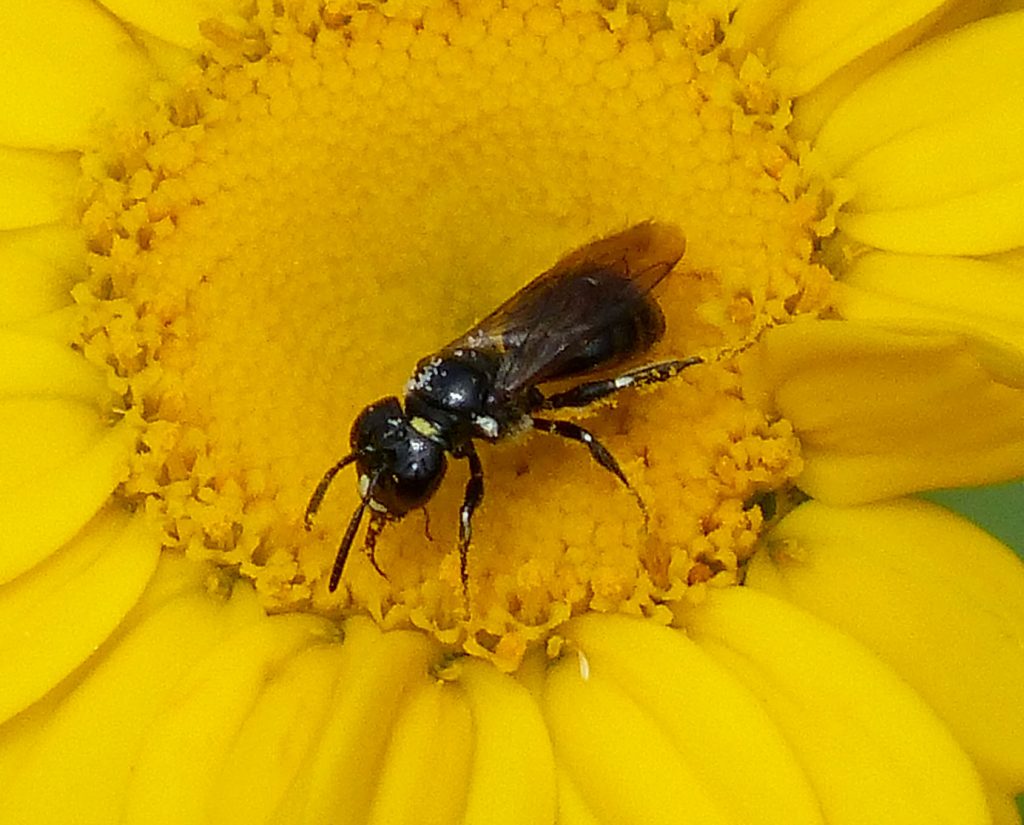
The carpenter bee causes damage to wood on structures. Common infestation signs are neatly drilled ½ inch diameter holes in wood that the carpenter bee bores out to nest and raise young in. As the young develop, they leave the nest and start their own nest which can mean a few galley holes around a building can turn into many if left untreated. Treatment can be difficult, time-consuming, and require special safety and application equipment, so it is often best to seek help from a trained pest control professional. Carpenter bee control is part of most residential pest plans, can be purchased as a stand-alone service or added to any commercial pest plan.
Paper wasps are some of the most common wasps found in the United States. They are named after the upside-down, paper/comb-like nest they construct to live on and deposit larvae in. In nature, paper wasps construct nests on trees, shrubs and other protected areas. Around structures, paper wasps construct nests under awnings, eves, doorways and other areas of protection. Although appearance can vary, the paper wasp usually has tan to light brown wings, long yellow legs and a patterned yellow and black head, thorax and abdomen. The paper wasp will sting if threatened, and nests can be high above and/or in hard to reach places.

Although small wasp’s nests are often easily removed by consumers using knockdown aerosols commonly found at hardware stores, larger nests and infestations, for safety reasons, are best left to a pest control professional. Paper wasp removal services are included in residential pest plans, are available as stand-alone services, and can be added to any commercial maintenance package.
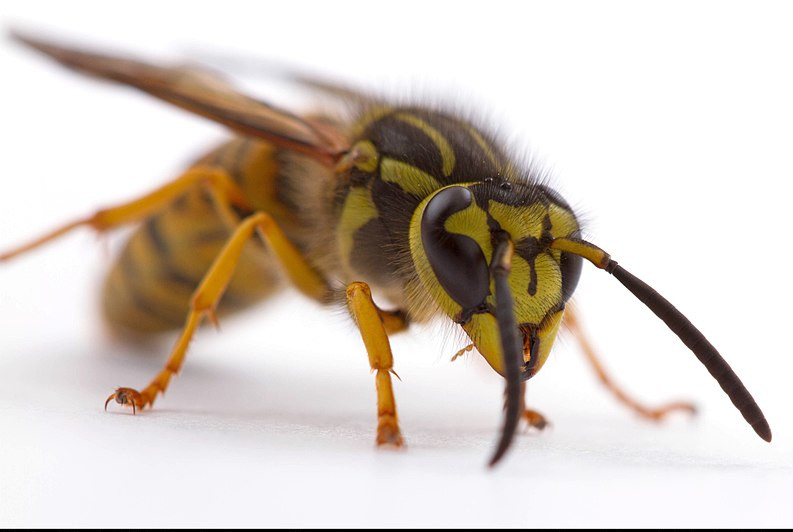
The yellowjacket is a very aggressive and easily provoked wasp found in the United States that can provide multiple painful stings to its victims. Do not swat at or disturb yellowjackets if possible. There are many different species of yellowjackets found in the United States, and most have a yellow and black color scheme like other wasps. A yellowjacket can often be differentiated from the paper wasp as it is more aggressive, generally shorter and thicker in the body and has a black-tipped antenna. Yellowjackets nests differ in appearance from those of a paper wasp, resembling more of a tan to brown, papier-mache pod with no exposed comb.
Yellowjacket nests are often located in the ground or closer to the ground, unlike paper wasps nests. Yellowjackets removal can be very dangerous and requires special personal protective equipment to complete it safely and successfully. When combating yellowjackets, don’t go it alone, stay safe, and hire a pest control professional! Yellowjacket service is part of our residential pest plans, can be purchased as a stand-alone service(s) or added to a commercial pest control plan.
